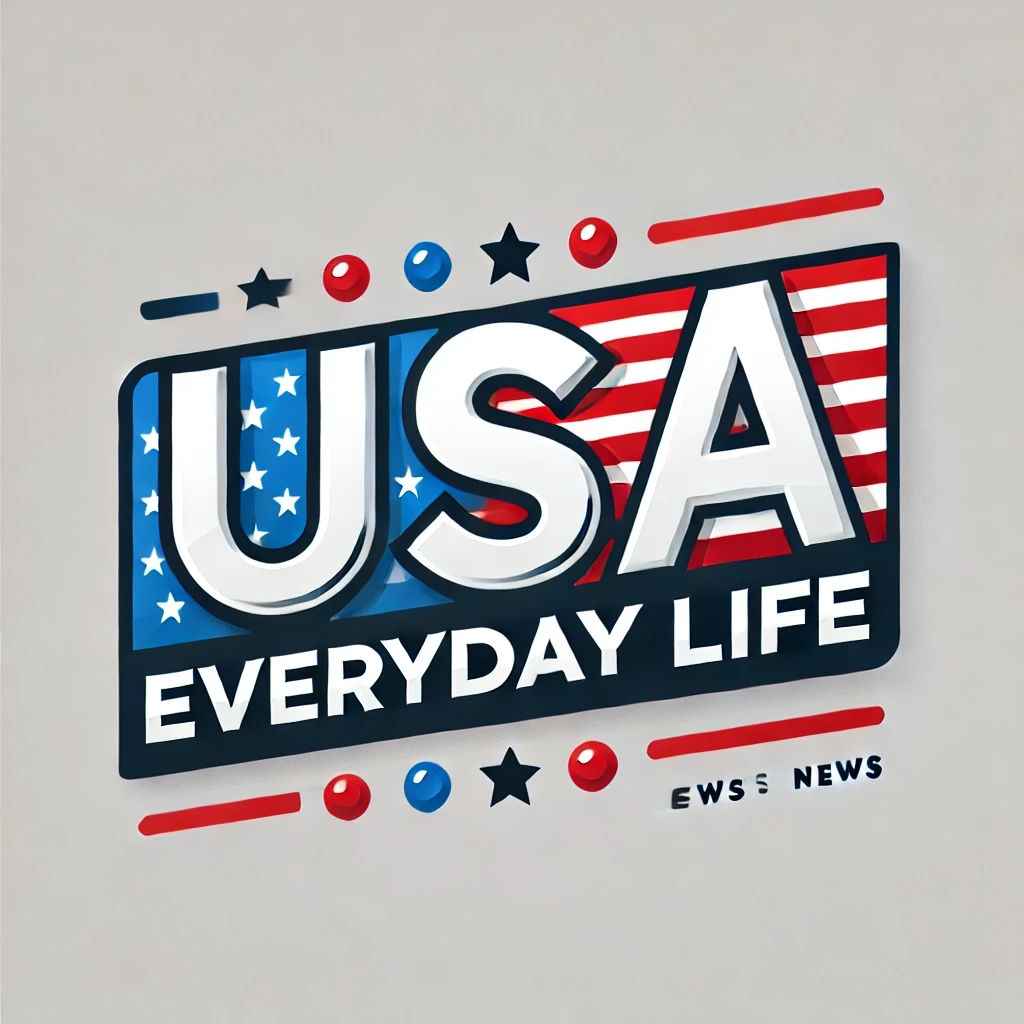Canada secured a 30-day postponement in the application of U.S. tariffs on its exports on Monday afternoon just hours before they were scheduled to go into effect after a call between Prime Minister Justin Trudeau of Canada and President Donald J. Trump yielded a border deal that seemed to satisfy both leaders.
Mr. Trudeau had earlier pledged to retaliate against U.S. tariffs by imposing tariffs against U.S. goods, too. In the end, he seemed to make modest concessions to Mr. Trump on the border policies, including thousands of “frontline’” personnel stationed at the border.
“I just had a good call with President Trump,” Mr. Trudeau said in a social media post that laid out the terms of the agreement. “Proposed tariffs will be paused for at least 30 days while we work together.”
The deal brought relief and de-escalation into what had turned into a brewing trade war between the two close allies and top trading partners, although its 30-day horizon did indicate that more negotiations might need to take place down the line.
Specifically, Mr. Trudeau said that Canada would create a new position for a fentanyl czar and redouble its efforts to tackle the opioid crisis — one that kills Canadians daily — by listing cartels and gangs as terrorist entities, like Mr. Trump has said he wants to do in the United States.
Canada would commit 200 million Canadian dollars, about $139 million, to fresh intelligence-gathering efforts around the fentanyl and drug trade, Mr. Trudeau said.
He also said that as part of the agreement with Mr. Trump, Canada would continue to implement a new border-tightening plan that it had announced weeks earlier.
That involves the expenditure of $1.3 billion Canadian dollars in fresh funds over the next several years, the deployment of new technology at the borders and the deployment of more border guards.
“Nearly 10,000 frontline personnel are and will be working on protecting the border,” Mr. Trudeau said in his post without elaboration.
The government has already deployed police officers to the border in recent weeks and some provinces have started patrols with sheriffs and conservation officers. While the head of Canada’s military has said that it is ready to deploy troops to the border, it was not immediately clear if that will now happen.
Canada last month added two Blackhawk helicopters and 60 U.S.-made drones to its border surveillance program.
In last-minute meetings in Washington last week, top Canadian officials presented the results of the tighter border surveillance, as well as the implementation of stricter visa rules for migrants.
Mélanie Joly, the foreign minister, and David McGuinty, the public safety minister, shared a two-page explainer, a time-lapse video of the border, as well as other information and data, with Mr. Trump’s border czar, Tom Homan, as part of a campaign to convince Trump allies that Canada was working hard to address the president’s concerns.
The tightening of rules around student visas, and additional border measures, have led to a drop of illegal crossings from Canada to the United States by 89 percent since June, Canadian border data shows, and the ministers shared this information with Mr. Homan on Friday.
The postponement brought relief to several Canadian industries that were facing severe disruptions if the tariffs had come into effect just after midnight Tuesday. But it did not fully remove the uncertainty surrounding them.
“With tariffs on the table, the turmoil and uncertainty persist,” said Candace Laing, president and chief executive at the Canadian Chambers of Commerce. “Tariffs tomorrow instead of tariffs today still leaves businesses, workers, and families in the lurch.”
“This is not a game we want to play when livelihoods depend on existing U.S. relationships,” she added. “We will not sleep easier until tariffs are taken off the table permanently.”
The industry perhaps feeling the most unease is the car-manufacturing sector that is so deeply integrated between the United States and Canada.
“I think it’s a chapter,” said Flavio Volpe the president of the Automotive Parts Manufacturers’ Association, a Canadian trade organization. “But we’re still floating.”
Mr. Volpe said that the fall in U.S. stock prices on Monday because of the tariffs, as well as the emergence of prominent Americans and groups opposed to the measures who are not necessarily allies of Canada should help persuade the Trump administration to permanently abandon the tariffs.
Brian Kingston, the president of the Canadian Vehicle Manufacturers Association, said his members “had been preparing for the worst possible outcome.” he said.
His members, which include Ford, General Motors and Stellantis, he said, now have some “education to do about how integrated this industry is.” Car parts can make multiple trips through factories in Canada, Mexico and the United States before finally ending up in a finished vehicle.
While Mr. Trump agreed to a 30-day suspension of similar tariffs against Mexico, it took two telephone conversations with Mr. Trudeau on Monday to get a last-minute reprieve for Canada.
Pierre Poilievre, the Conservative leader who polls show is likely to win an election this year and become the country’s prime minister, was among many Canadians expressing relief about the tariff suspension.
“But this is not a time to sit back,” he added in a social media post in which he again called on Mr. Trudeau to immediately bring Parliament back to address the trade challenges still facing Canada. It is not scheduled to return until late March to allow the Liberals to elect someone to replace Mr. Trudeau as the party’s leader and prime minister.
Mr. Trudeau announced last month his intention to step down as the party and the country’s leader amid growing dissatisfaction among Canadians over the country’ direction.
